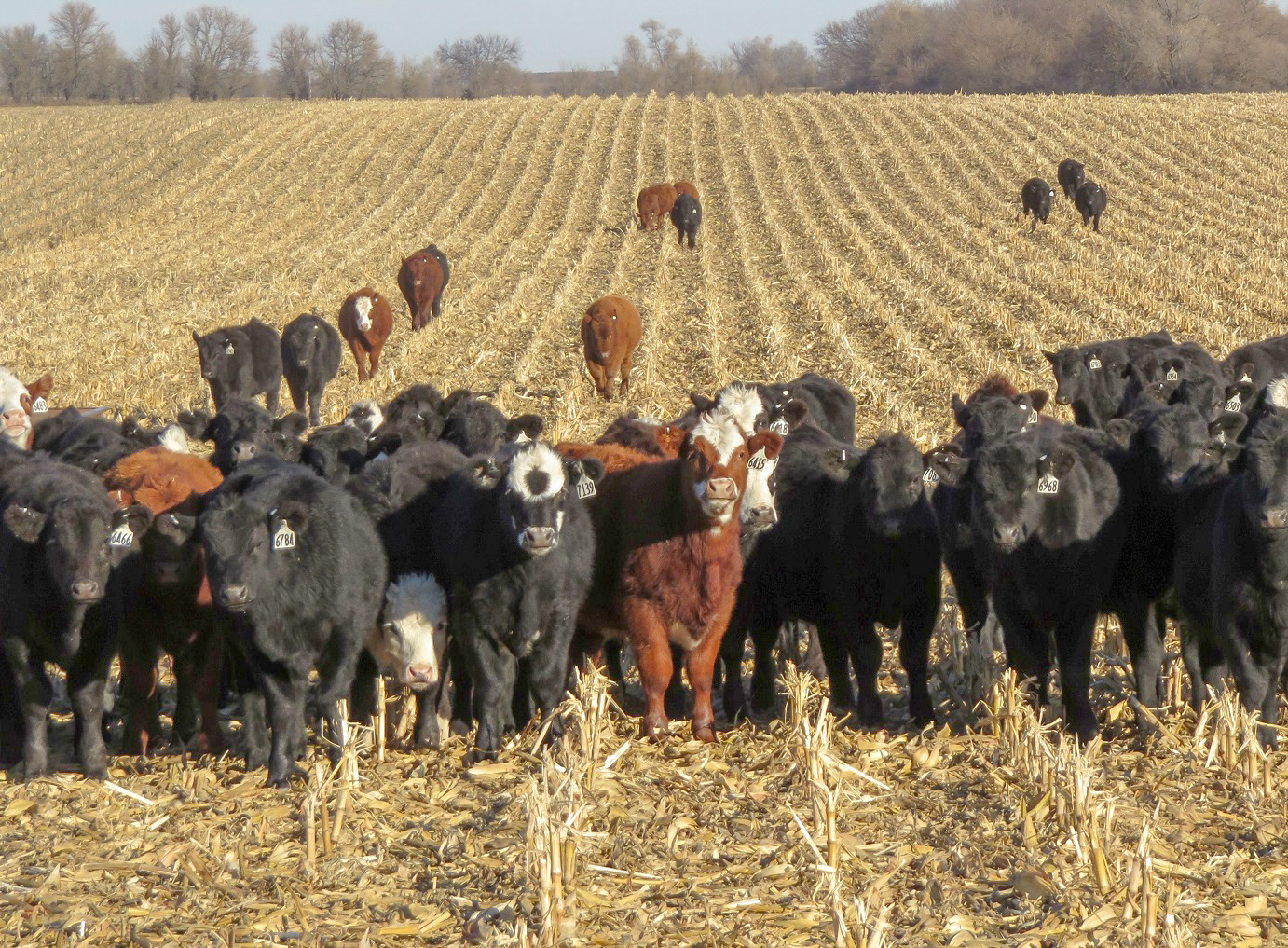Crop Residue Exchange Links Available Residue with Cattle Producers

The Crop Residue Exchange (http://cropresidueexchange.unl.edu) is a free online tool designed to link cattle producers to crop producers with available grazing resources. The Exchange makes it possible for crop producers in Nebraska, Iowa, Missouri, Kansas, Colorado, Wyoming, and South Dakota to list fields of crop residue they have available for winter grazing and for cattle producers to connect with them.
After establishing an account login on the Crop Residue Exchange, crop producers can draw out the plot of land available for grazing by using an interactive map and entering basic information about the type of residue, fencing situation, water availability, and dates available. They also need to provide their preferred contact information. The land available for grazing can be described as a “Residue Type” (corn, wheat, sorghum, other) or pasture. A majority of the listings are for corn residue. Pricing can be listed as a cost per acre or a cost per head per day.
Livestock producers can easily search the Crop Residue Exchange database for grazing available within a radius for the location of interest. However, in order to view the contact information attached to each listing, livestock producers must be logged into the Exchange website. Livestock producers who are logged in can also save their searches and receive email notifications if listings become available that match their search criteria.
In addition to providing a winter feed resource for cattle producers, grazing corn residue can increase the amount and rate of corn residue breakdown. When grazed at proper stocking rates, small but positive impacts on subsequent crop production after grazing have been observed. University of Nebraska-Lincoln recommendations for establishing corn residue stocking rates are based on 50% utilization of leaves and husks (8 pounds per bushel or 15% of the total corn residue). Some additional corn residue disappears through trampling and wind loss, but research has shown no increased erosion risks when only 15% to 30% of the corn residue is removed through grazing.
Lack of access to cattle is a common reason some corn residue is not grazed. Other factors such as lack of fencing and water availability can also be cited as issues with corn residue grazing. The Crop Residue Exchange was designed to help bring crop and livestock producers together to overcome these issues by facilitating communication on available resources. Grazing rates listed on the Exchange commonly range from $0.50 to $1 or more per head per day. This is for a range of fields that include the descriptions: unfenced, partially fenced, or fully fenced; water onsite or no onsite water; and, with or without animal care provided. It is also common to see some fields listed at $10 to $15 per acre with water onsite, but unfenced and no care provided.
The Crop Residue Exchange has several hundred registered users with multiple listings available for grazing. Over 2,000 searches for grazing resources are conducted on the Exchange each year with contact information for each available listing viewed dozens of times by livestock producers. Crop producers with available forage resources and interest in generating extra cash flow are encouraged to use the Exchange as a means to connect with interested livestock producers. Creating a listing is easy with only minimum information necessary to create a meaningful listing.
The Crop Residue Exchange is made possible with funding support from Nebraska Extension.
Interviews with the authors of BeefWatch newsletter articles become available throughout the month of publication and are accessible at https://go.unl.edu/podcast.
